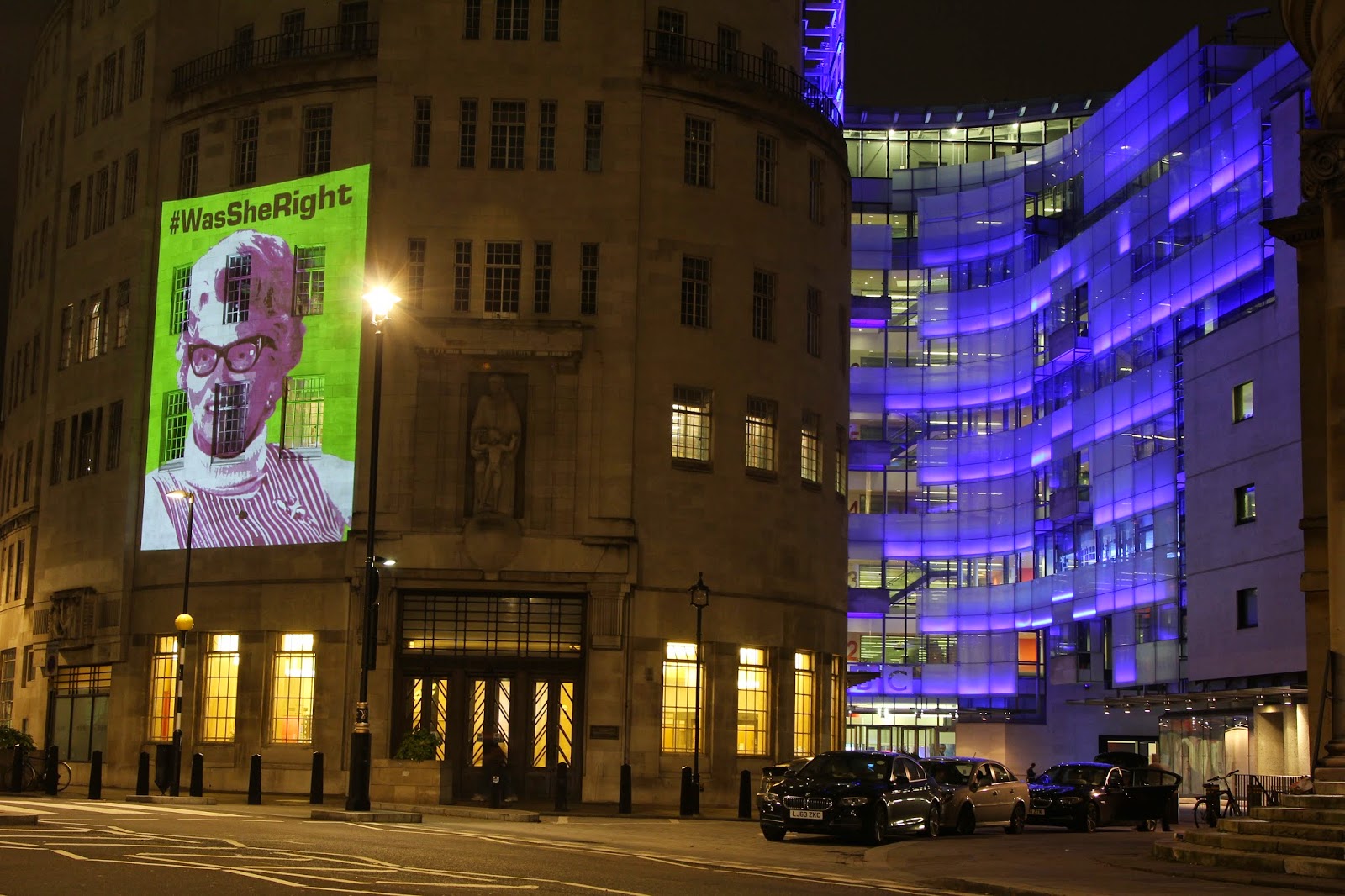Apparently one of the most popular gifts
for children this Christmas will be a tablet computer. Although the first
such device was launched less than five years ago in 2010 the technology has
proved so popular that, according to Ofcom, 70% of 5-15 year olds now have
access to one. Smartphones will be another most-requested this year and
it is sobering to think that back in 2011 when Reg Bailey reported for the
Government on the sexualisation of childhood the technology was so new that his
report included just one reference to smartphones; four year on most mobile
phone users have such a device.
Similarly the way that we use the internet
has changed. Initially the internet hosted sites limited to the passive
viewing of content but we are now able to interact and collaborate with each
other in a virtual community through social networking sites, blogs, wikis,
video sharing sites etc.
These changes have given us new
capabilities and ways to connect but they have also presented us with a whole
new set of challenges. A decade ago behaviours such as sexting and
trolling barely existed but today we have to consider how best to protect
people from such harmful practices.
The pace of innovation is incredibly fast
and it is vital that regulation and legislation continues to keep up.
This month we have seen a number of developments aimed at closing this gap:
- Sexual communication with a child online is to become a criminal offence. Inviting a child to communicate sexually – regardless of whether or not the recipient of those messages replies or responds in any sexual way – will be illegal. The law will apply to anyone over the age of 18 trying to send a sexual message to anyone under the age of 16 – whether that’s on Facebook, SMS, WhatsApp, email or any other communications channel.
- GCHQ and the National Crime Agency are to work together to hunt online paedophiles with the same effort used to track terrorists. Data taken from tens of millions of child abuse photos and videos seized during previous operations will be compiled to form a new database to aid investigations into suspected paedophiles across the UK.
- Google has announced it is developing child-friendly versions of its search site, Chrome browser and video-sharing service YouTube. The modified versions will be designed for children aged up to 12 and will include tools that let parents monitor and manage how much time their offspring spend online and where they go.
- Twitter, like many other sites, has become a repository for abusive language. A new system for reporting abuse on the platform has now been developed offering additional user controls, further improvements to reporting and new enforcement procedures for abusive accounts.
These are all examples of government and
industry working to keep pace with technological innovation and they are to be
commended. However it is important that our efforts are not solely
confined to catching up.
An independent review into the future of
government in the digital age has recently been published. The review was
commissioned by the Labour Party and it recommended that the UK Government
establish an expert technology ethics body similar to those already in place in
medicine and academia. It would help address complex challenges such as
ownership and control of data and the right to be forgotten. As one
commentator put it: “we need a technology philosopher in chief for our age,
before the technology runs away with itself.”













